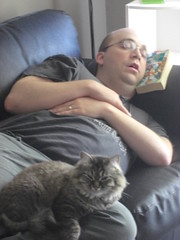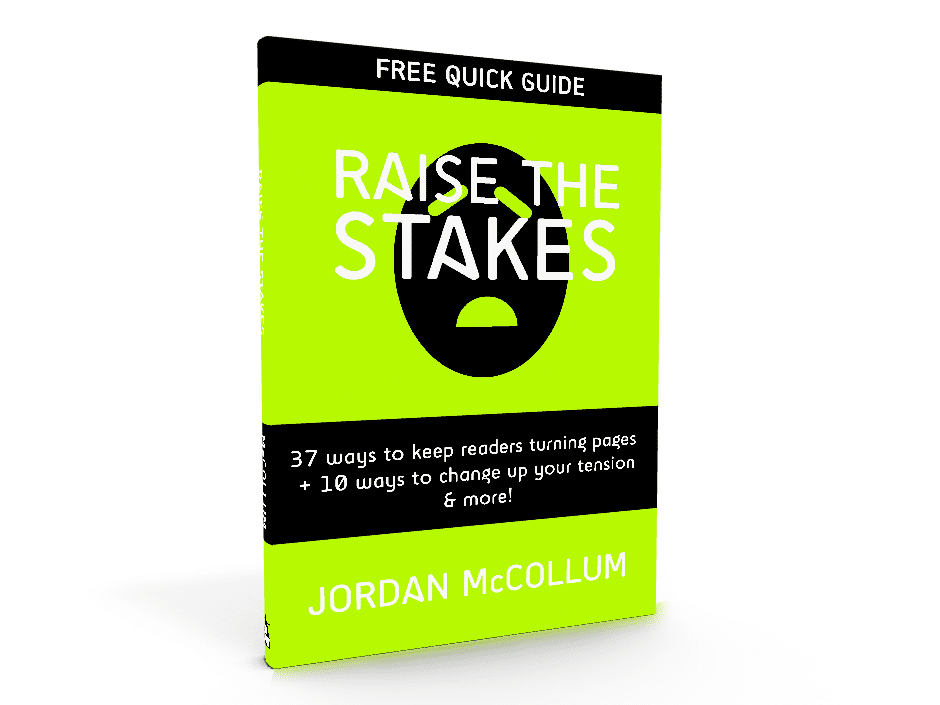One of the big problems with backstory is stopping the story to fill in the readers. Last summer, for example, I tried to read a book where the author insisted on giving a life history of each character as they were introduced. The histories were between one and three paragraphs, I think, and outlined the characters’ careers, families and attitudes—none of which had any bearing on the present scene. Just for good measure, we even hopped into the heads of characters who weren’t even in the scene for this direct characterization.
Too much backstory early on stops the forward progress of the story—and in many cases, it stops the reader, too.
That doesn’t mean we can’t use any backstory. It just means we have to be judicious and quick in how we slip in our backstory. I love the analogy guest blogger and writing instructor extraordinaire Margie Lawson used last week. As she said, borrowing author Mark Sullivan’s analogy:
Slip shards of back story in dialogue or share it in a quick interactive way. You’ve got the first 100 pages of your book to fit in each sliver of back story.
Exactly how big is a shard? Author Chris Roerden says it’s pretty small:
Once readers become invested in the main character’s problem, you can insinuate backstory via one or two sentences. You don’t want to satisfy reader curiosity—you want to increase it. Several chapters later, after your readers are committed to finding out what happens next, you can offer a paragraph or two of backstory. Be selective. (Don’t Murder Your Mystery, 53)
That’s some loaded advice. First, Roerden establishes that we have to establish sympathy with our characters before we go interrupting the present story with their past. Then note the word “insinuate.” It doesn’t just mean imply—the primary definition is “To introduce or otherwise convey (a thought, for example) gradually and insidiously.”
It seems like much of the time, we slip in that backstory to answer questions we anticipate in our readers. Instead, Roerden points out, we should use backstory to build that curiosity and compel them to read on.
On rare occasions, answering questions can be valuable—if a situation (or character action) is so strange or objectionable on its face that the reader is more likely to be repulsed (or just confused) than interested, we should give a quick explanation.
This is often not what Roerden calls backstory—it’s “background” information. To use our Hamlet example, Shakespeare’s readers/viewers would be pretty darn confused if Hamlet’s mom is married, but there’s all this discussion of his dead dad and his uncle and something . . . Huh?
But even when providing background, it’s best to do it quickly and judiciously—and to involve the characters as we do it. More on that coming up!
What do you think? How much backstory do you put in at the beginning? Do you add more at a time as your story progresses?
Photo by Jon Ross




I like the sleeping dude.
I think it’s hard to define hard and fast rules here, because ever story is different. The real trick is that if and when you put it in, make it interesting. That’s about it.
I’ve certainly learned my lesson. My next novel will have no backstory. I’ll make a protag with the dullest, simplest life imaginable until the very moment the story begins — then WHAM, turn it all upside down with events the protag could have never predicted.
That’s not the message of this article at all. In fact, the exact opposite is explicitly stated: “That doesn’t mean we can’t use any backstory.”
(On the other hand, isn’t the point of storytelling to have events the protagonist wouldn’t have predicted happen? If everything in the story is just what the protagonist expected, why is it interesting for them or the reader?)
You’re right of course Jordan — I hope I haven’t given any offense. I certainly didn’t mean anything against the article, I think it’s great. This whole backstory series has just encouraged me to think about backstory in new ways, one of which would be to try simply dispensing with it.
This is not an option with my current WiPs, all of which have extensive backstory. You’ve presented suggestions here on how to handle them that I look forward to trying! Thank You.
I appreciate the clarification! You know how the Internet is—I just couldn’t tell the intent/tone of your message.
Glad these articles have helped!